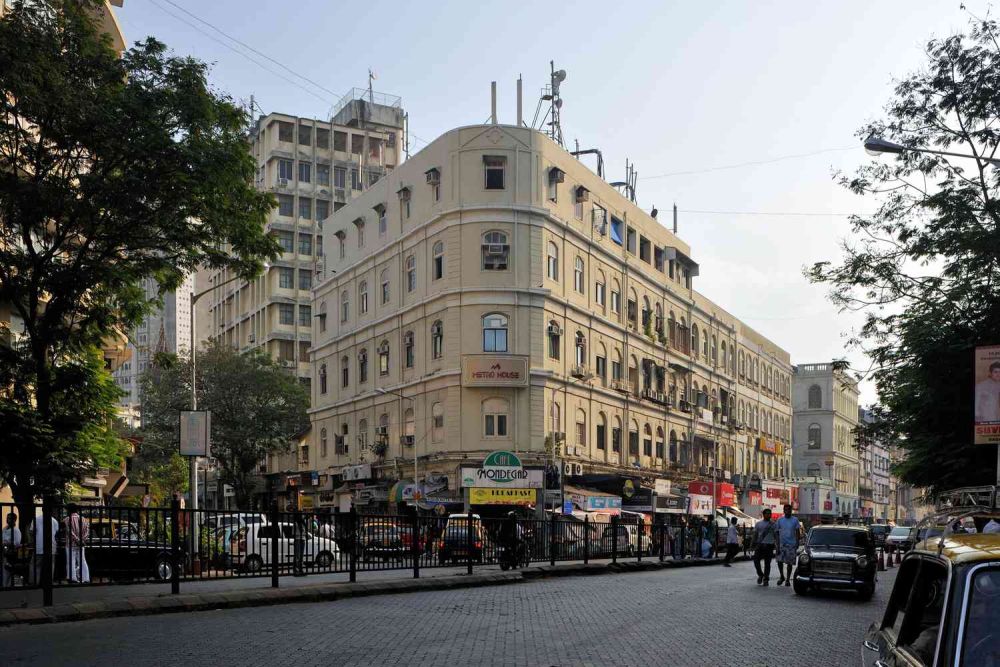

Tourism at Colaba Causeway is intrinsically linked with the colonial past and the urban development of Mumbai. Officially known as Shahid Bhagat Singh Road, this street has served as a commercial and cultural hub since its conception. Colaba Causeway has been a focal point for both locals and foreigners looking to experience the essence of Mumbai.
Constructed during the British Raj in 1838, the causeway was built by the British to connect Colaba and Old Woman's Island to the rest of Mumbai. This artificial land link was named after the then governor of Bombay, Sir Robert Grant. The resulting area saw rapid development and became a posh locality, attracting British officials and the elite who built impressive bungalows and Gothic-style buildings.
After India's independence in 1947, Colaba Causeway saw a transformation as it embraced a more Indian spirit while continuing to retain its colonial charm. It became popular among tourists for its unique melange of old-world architecture and modern-day hustle. The marketplace along the causeway evolved as well, offering everything from antiques and books to street fashion and Indian ethnic wear.
Besides shopping, the vicinity of Colaba Causeway is peppered with landmarks that have strong historical significance, like the iconic Gateway of India, built in 1924 to commemorate the visit of King George V and Queen Mary. Similarly, the grand Taj Mahal Palace Hotel, established in 1903, is a prime example of India's colonial heritage and is a must-visit for tourists.
In recent years, Colaba Causeway has adapted to changing tourism trends, offering a blend of historical exploration and contemporary experiences. Tourists are now drawn to the urban art scene, boutique hotels, and hip restaurants and cafes. The street has become a cultural haven with art galleries like the National Gallery of Modern Art showcasing contemporary Indian art.
Cultural festivals and events frequently take place, adding to Colaba Causeway's allure, and allowing visitors to partake in Mumbai's vibrant cosmopolitan vibe. Guided tours focusing on the architecture, history, and food of Colaba have become popular, allowing travelers to delve deeper into the rich tapestry that makes up Mumbai's history.
In keeping with global concerns over sustainability, there has been a noticeable effort in promoting ecotourism and responsible tourism practices in the area. Visitors are encouraged to support local artisans and businesses to ensure the economic benefits of tourism are felt throughout the community.
From its colonial origins to its modern-day status as a tourist magnet, Colaba Causeway continues to be an essential part of Mumbai's tourism landscape, captivating visitors with its unique blend of history, culture, and urban energy.